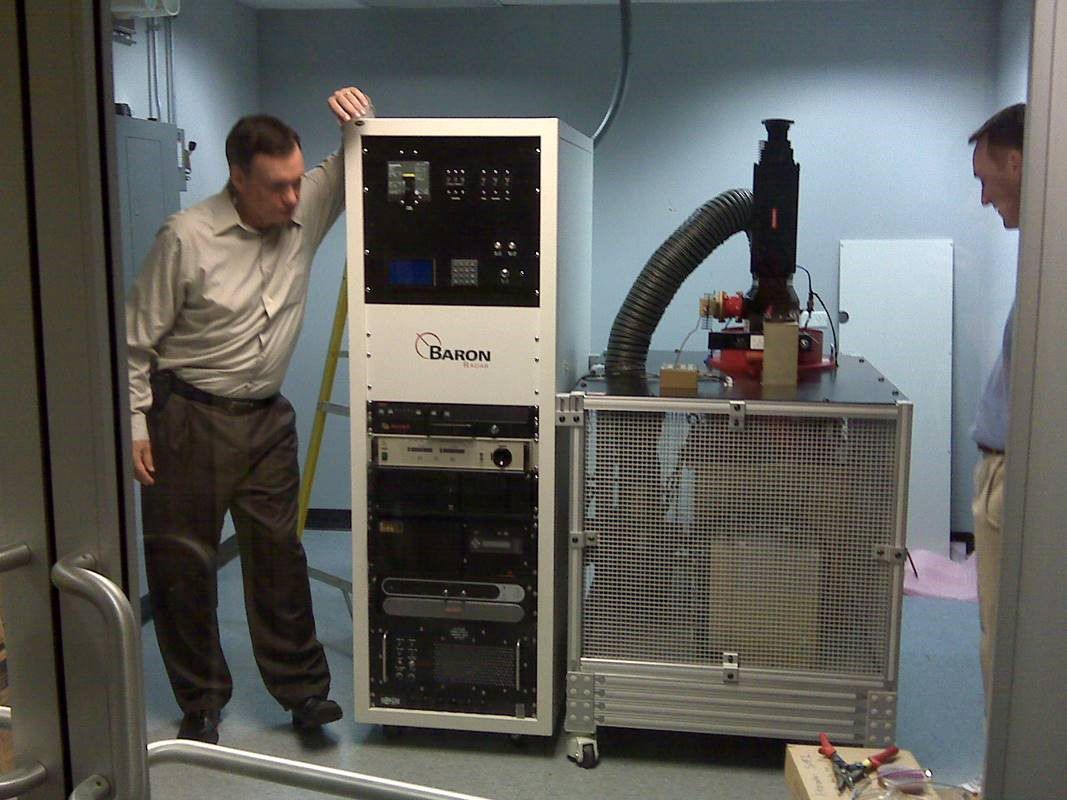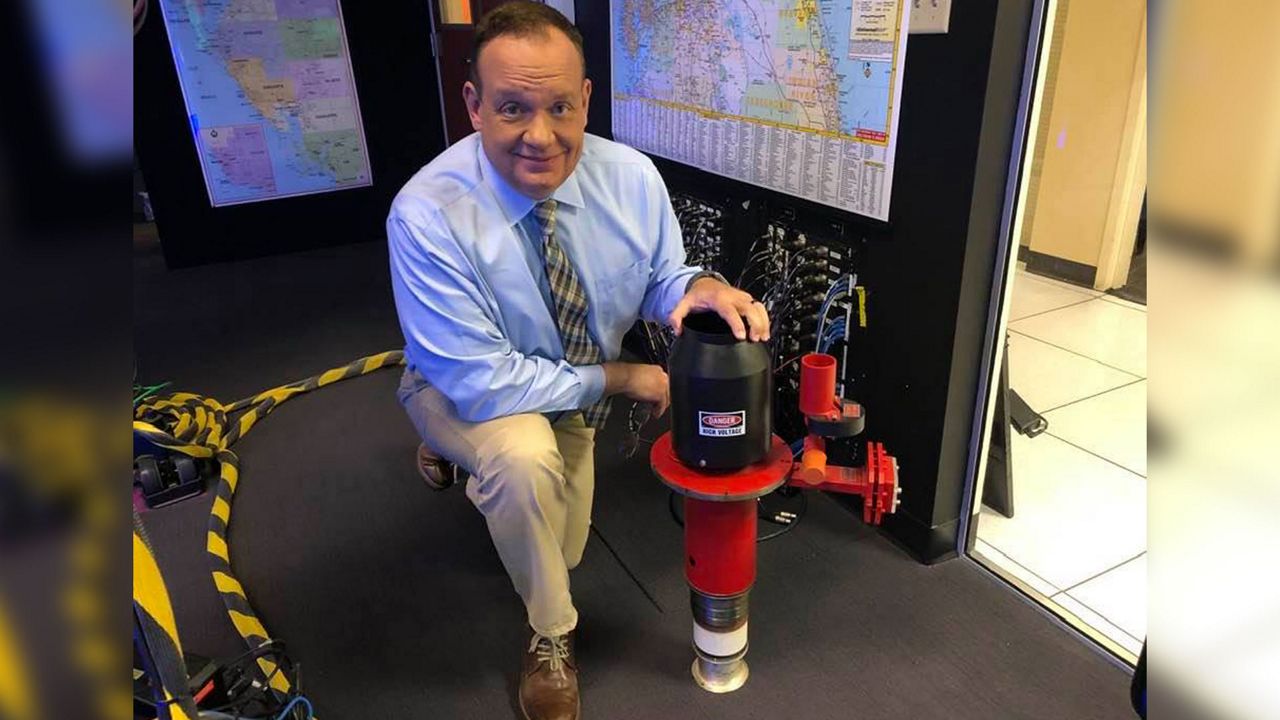During the summer of 2005, we moved into our new building in north St. Petersburg. A short time later, Baron Weather approached us with news of a special radar project.
The plan was to build the world’s most powerful weather radar for international sales to other countries and governments. First, they wanted to sell it to several TV stations in the United States to prove it could work day in and day out.
What was different about this radar?
Most TV station radars use a magnetron tube to generate the pulses used to locate precipitation. Weather radars send anywhere from 500 to 2000 pulses per second.
The radar operator can adjust the pulse frequency depending on the weather situation of the day.
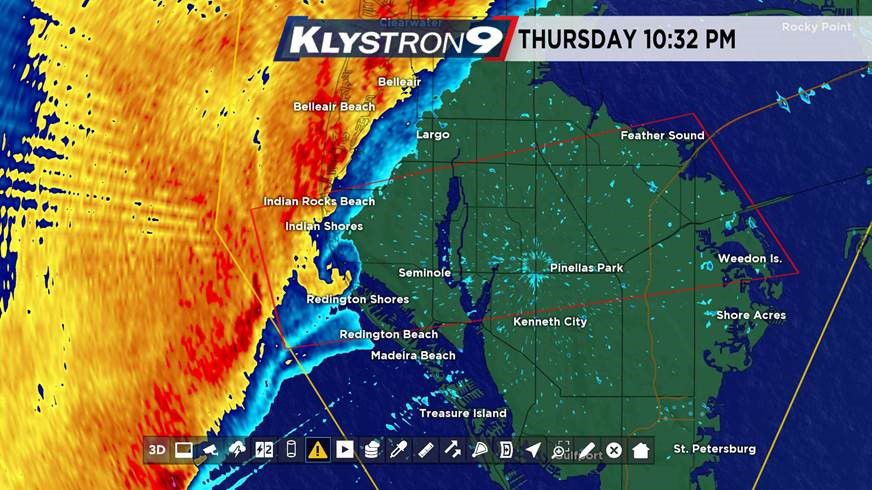
A Klystron tube is the preferred tube because of its stability and power. All National Weather Service (NWS) radars use Klystron tubes.
The first tube for Klystron 9 could generate 1.11 million watts peak power, making it the most powerful TV radar ever used.
We would become the only private company in the world to own a Klystron radar.
I had to keep it a secret for two years. That wasn’t easy for me, I love to talk weather!
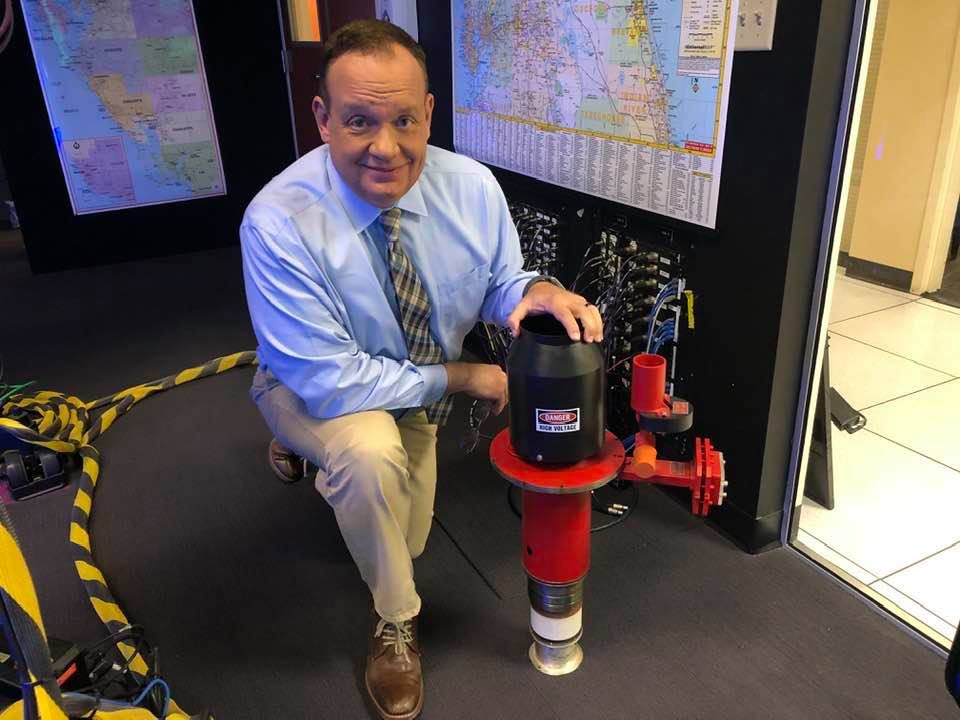
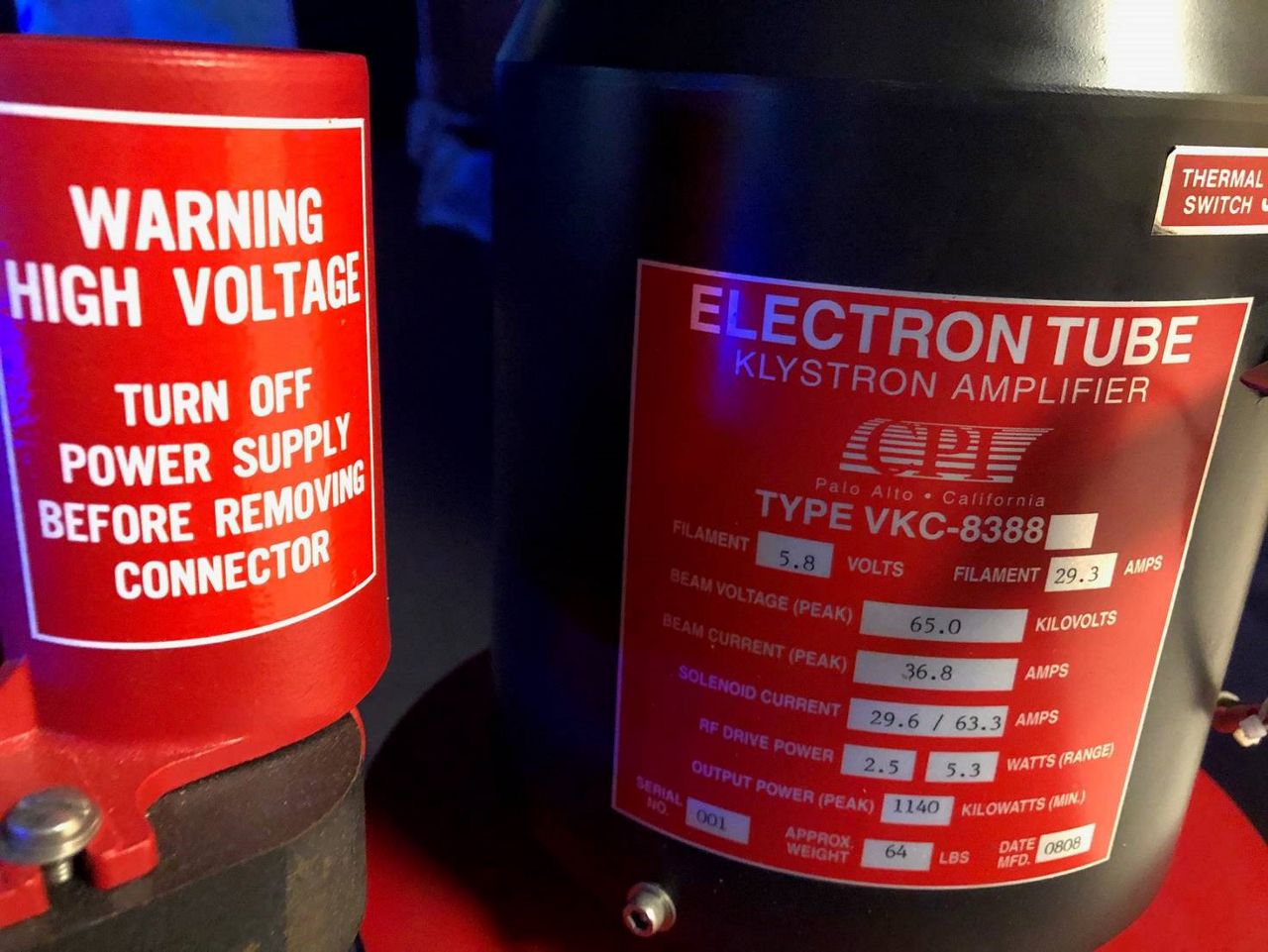
The other big jump in technology we were on the ground floor for was Dual Polarity radar. Klystron9 would be one of the first five Dual Pol radars built for TV stations in the nation.
The NWS later used the Baron design to upgrade all of their radars to Dual Pol.
This groundbreaking step allowed the radar to send pulses in both horizontal and vertical polarization.
By determining the difference between the returning echo, we could use Dual Pol to better detect the size and shape of raindrops.

Dual Pol has led to better rainfall estimates, high detection, precipitation type (rain vs snow vs ice) and most importantly, the ability to see debris lofted into the air by a tornado to prove it is on the ground doing damage.

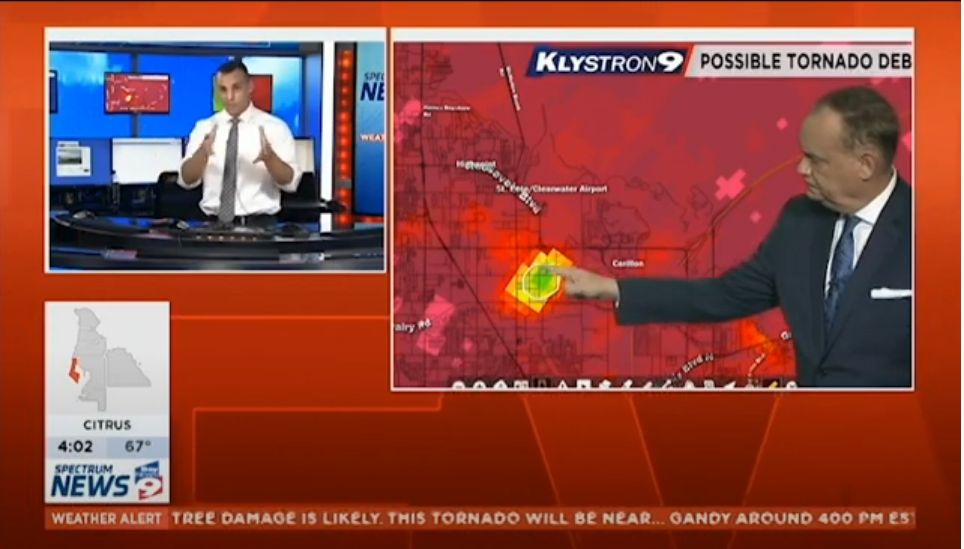
I have to say, when we started looking at our first Dual Pol moments, I had no idea what the radar was trying to show. There were so many colors and things we hadn’t seen before. Birds and bugs vs real rain...smoke instead of rain, etc.
With time, and after several weather conferences, we learned what to look for and just like a doctor reading an x-ray, we learned how to see the signatures on Dual Pol.
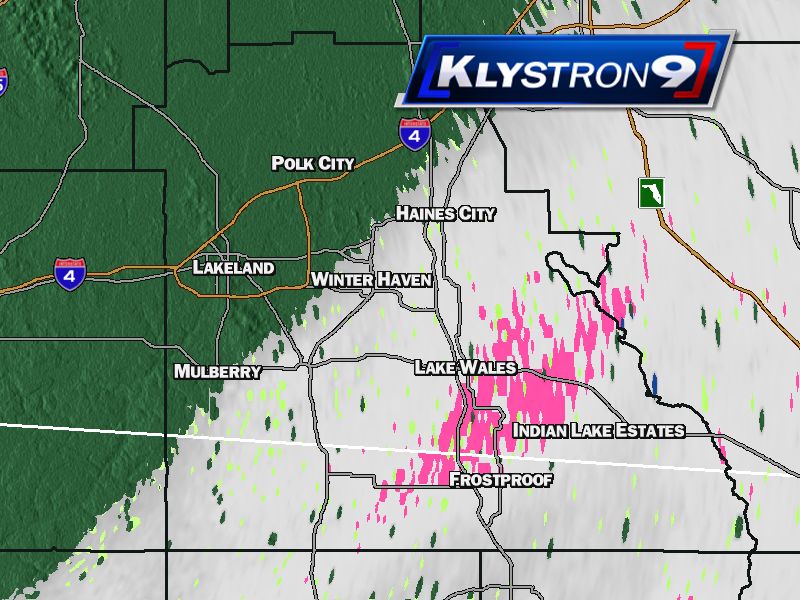
So with little fanfare, we built and turned on Klystron9 in late 2008. We didn’t want to acknowledge publically the new radar until everyone was trained and we were sure it would work.
It did. We had few initial problems, but in January 2009, we made the big debut.
Klystron9 was the #1 Googled term in Tampa Bay that year and by August, it was the number one weather brand in the area.
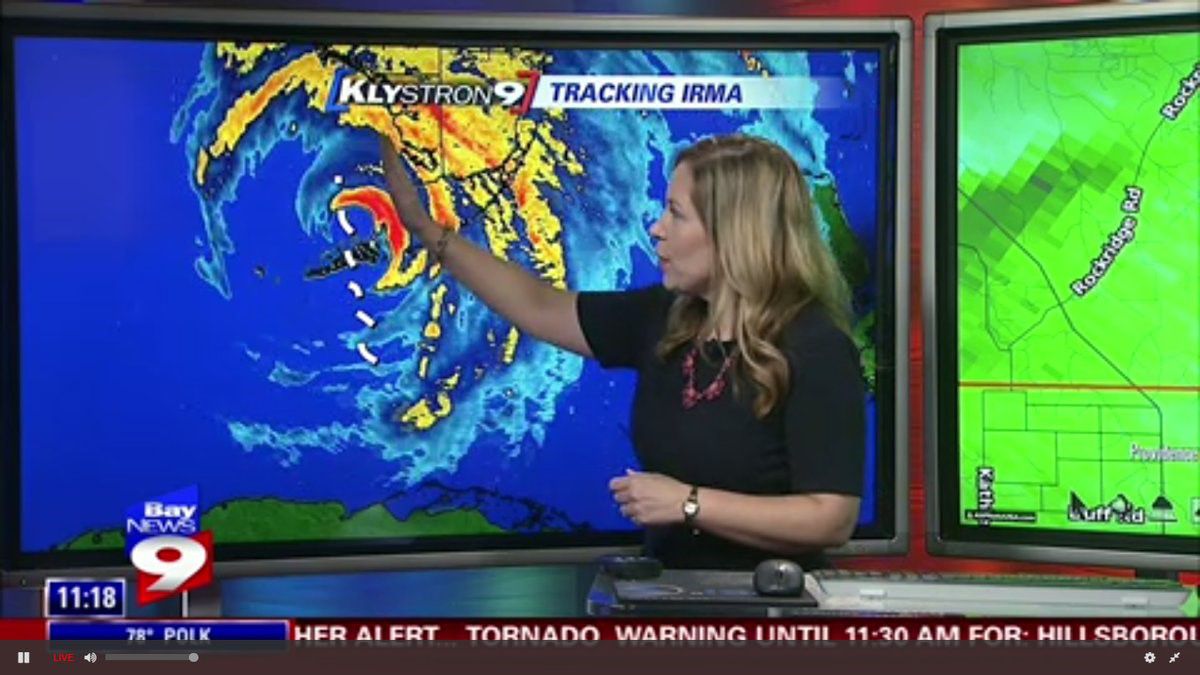
So what happened to Pinpoint Doppler 9000? It was moved to our sister station in Orlando and placed at Cocoa Beach.
It was replaced with their Klystron radar a couple of years ago, so both Spectrum News stations in Florida have the state covered with Dual Klystron radars.
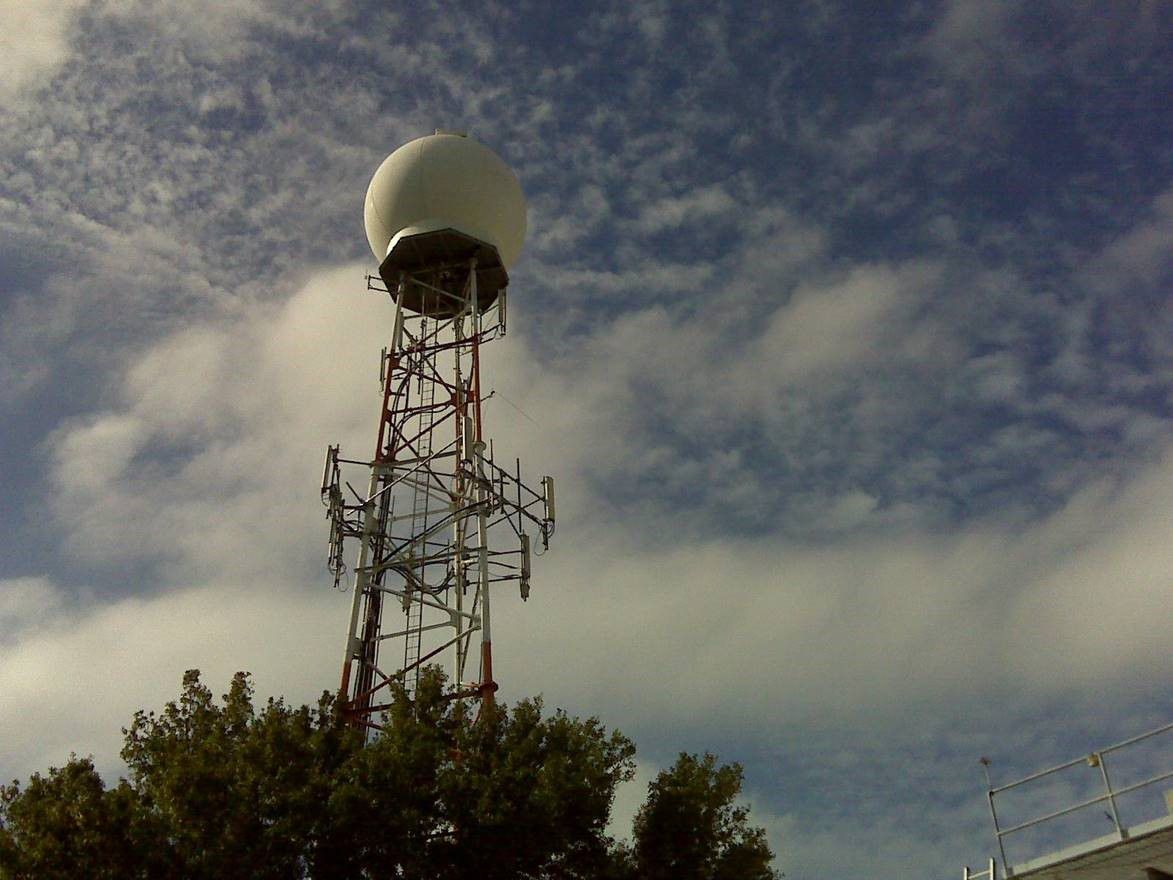
You can’t just have the equipment without the people who know how to run it.
I’m happy to say Josh Linker, Juli Marquez and I have been here the entire time with these radar tools.
Brian McClure joined us a few years later and now, Nick Merianos is on our staff. We have more exciting things to come that we can tell you about in the future, but the last 20 years of weather radar innovation has been a fantastic ride for me.
